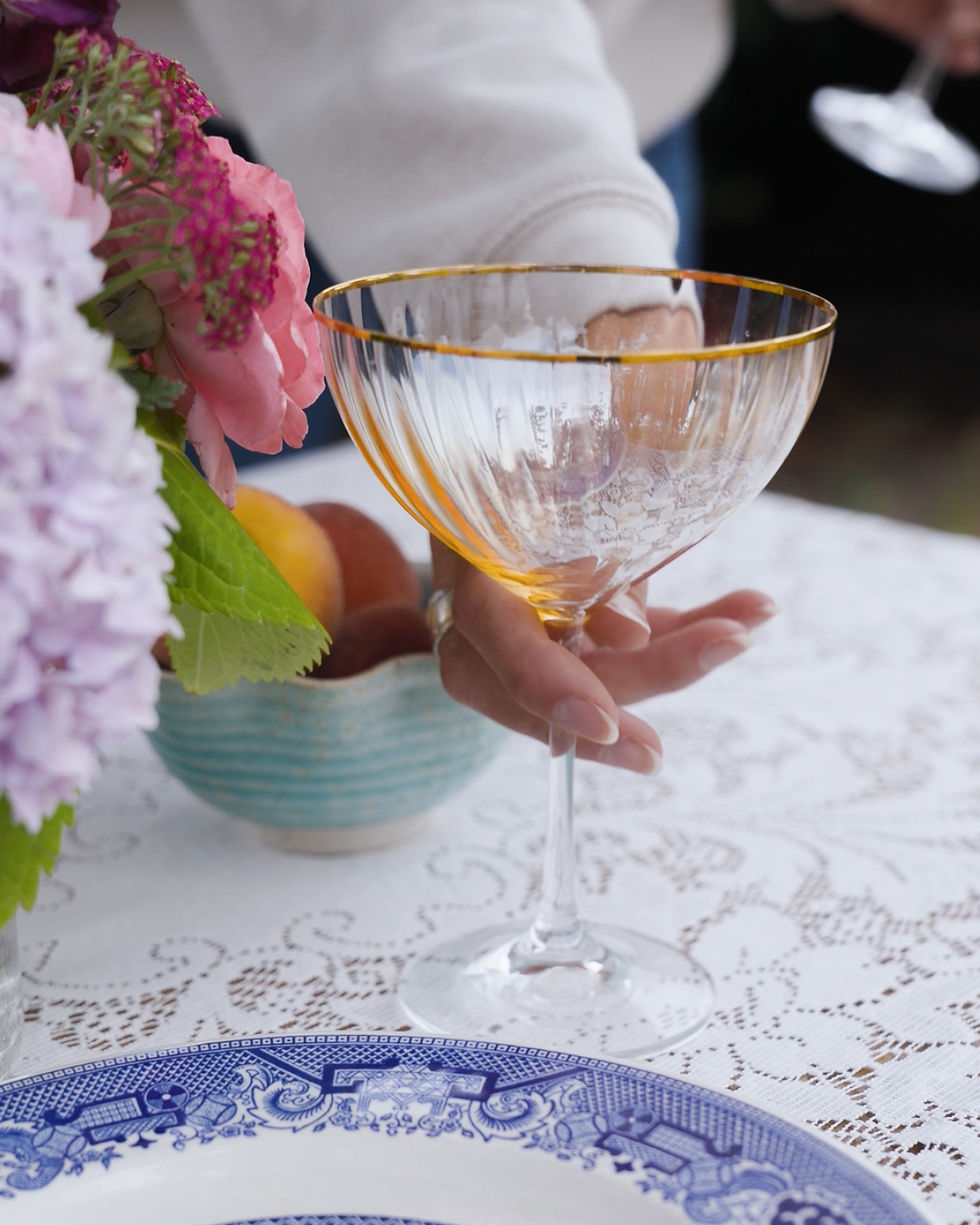How to Make Bone Broth for Gut Health and Immunity
- Nina Rocha

- Feb 19
- 3 min read
Updated: May 4

Auguste Escoffier, the legendary French chef and restaurateur who revolutionized traditional French cooking, once said, “Indeed, stock is everything in cooking. Without it, nothing can be done.”
For chefs, bone broth is the foundation of rich, flavorful soups and sauces. But beyond the kitchen, it has long been prized as a nourishing elixir—one that builds strong bones, soothes sore throats, strengthens immunity, and restores energy. Traditional cultures have relied on bone broth for centuries, using it to support gut health, aid digestion, and provide essential nutrients like collagen and gelatin.
In our home, making bone broth is a weekly ritual. It’s a simple, nearly hands-off process that transforms humble ingredients into a powerhouse of nutrition. Here’s how you can do it too.
The Health Benefits of Bone Broth
Bone broth is packed with essential nutrients, including:
Collagen & Gelatin: Supports joint health, skin elasticity, and digestion.
Amino Acids: Helps with muscle repair, immune function, and gut health.
Minerals (Calcium, Magnesium, Phosphorus): Strengthens bones and teeth.
Glycine & Proline: Supports detoxification and reduces inflammation.
When properly made, broth thickens or even solidifies when chilled due to the breakdown of connective tissue into gelatin. The best sources of gelatin are cartilage-rich bones such as knuckles, neck bones, and shank bones. The younger the animal, the more collagen it contains.
How to Make Bone Broth: A Step-by-Step Guide
Step 1: Choose High-Quality Bones
The best broth comes from pasture-raised, grass-fed animals. Farm-raised, free-range chickens yield the most nutrient-rich broth. Avoid bones from commercially raised animals, as they often lack the necessary collagen to produce a good gel.
Recommended bones:
For chicken broth: Use a whole carcass, feet, necks, and wings.
For beef broth: Opt for knuckle bones, marrow bones, oxtail, and short ribs.
For fish broth: Use fish heads and bones for added iodine and thyroid-supporting nutrients.
Step 2: Roast the Bones
Roasting enhances the depth of flavor and improves nutrient extraction.
Preheat your oven to 375ºF.
Arrange the bones on a baking sheet and roast for 45 minutes, turning occasionally.
This caramelization (the Maillard reaction) fuses amino acids with natural sugars, deepening the broth’s color and richness.
Step 3: Prepare Your Mirepoix
Mirepoix is a blend of aromatic vegetables that enhances flavor.
50% onions
25% carrots
25% celery
Optional additions:
Fresh herbs like thyme, rosemary, or parsley.
A splash of apple cider vinegar to help extract minerals.
Step 4: Simmer the Broth
Place the roasted bones in a large stockpot.
Add the mirepoix and fill the pot with cold water (this allows for maximum flavor extraction).
Slowly bring to a gentle simmer over medium-low heat. Do not boil.
Skim off any foam or impurities that rise to the surface.
Simmer for 4-6 hours (for chicken) or 12-24 hours (for beef).
Step 5: Strain and Store
Strain the broth using a fine-mesh sieve.
Let it cool, then refrigerate. Once chilled, remove the solidified fat from the surface.
Store in glass jars or freeze in Souper Cubes for easy portioning.
Broth keeps 5 days in the fridge or up to 6 months frozen.
Incorporating Bone Broth Into Your Lifestyle
In our family, Sunday roast chicken night has become a tradition. Not only does it provide a nourishing meal, but it also ensures we have a steady supply of bones for broth-making. Sipping a warm mug of bone broth in the morning or using it as a base for soups and stews is an easy way to integrate its benefits into your daily routine.
By reviving this traditional skill, we not only honor the wisdom of our ancestors but also nourish our bodies with real, wholesome food—the way it was always meant to be.
For further reading on the benefits of broth, visit: Weston A. Price Foundation - Broth is Beautiful.
What are your favorite ways to use bone broth? Let us know in the comments!
Disclaimer: some of the links we share are affiliate links, which means we may earn a small commission (at no extra cost to you) if you make a purchase. We’re grateful for your support—it helps keep Hoagland House running and allows us to keep sharing the things we love.




Comments